Fanhua Album No.3: Map Imprint of Foreign Trade Building
Original Zhang Yuanyuan traces back to Shanghai
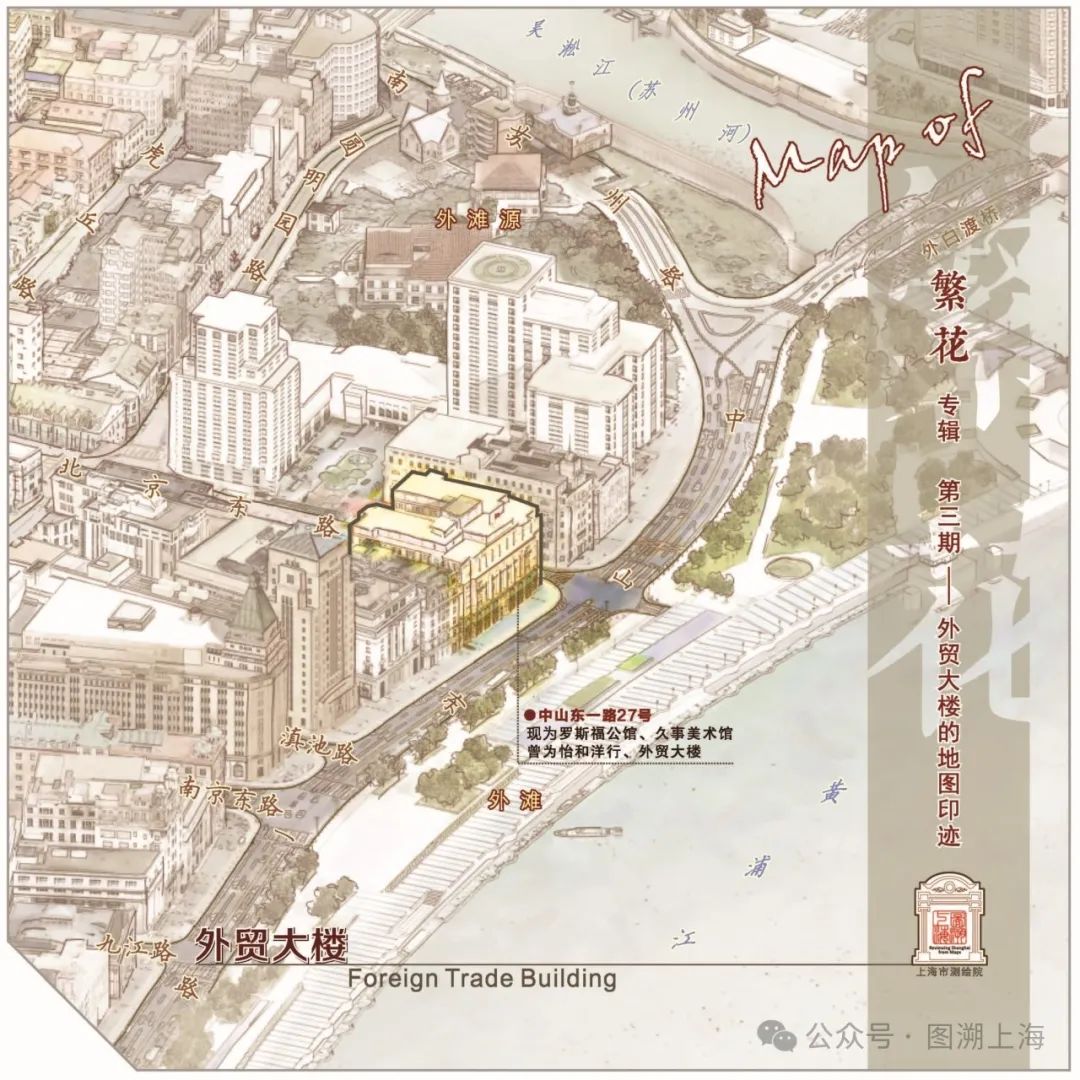
editorial comment/note
No.27 on the Bund, where Miss Li Wang in Blossoms Shanghai struggled, is now No.27 on Zhongshan East 1st Road. Old Shanghai used to call it Foreign Trade Building. This can be said to be the starting point of Shanghai’s foreign trade economy since the founding of New China. The "SFTC" logo in the play is still in use today, and this situation has made many "old foreign traders" dream and have full memories. In this issue, Xiaobian takes you to find the map imprint of this place where opportunities and challenges coexist in Shanghai in the 1990s.
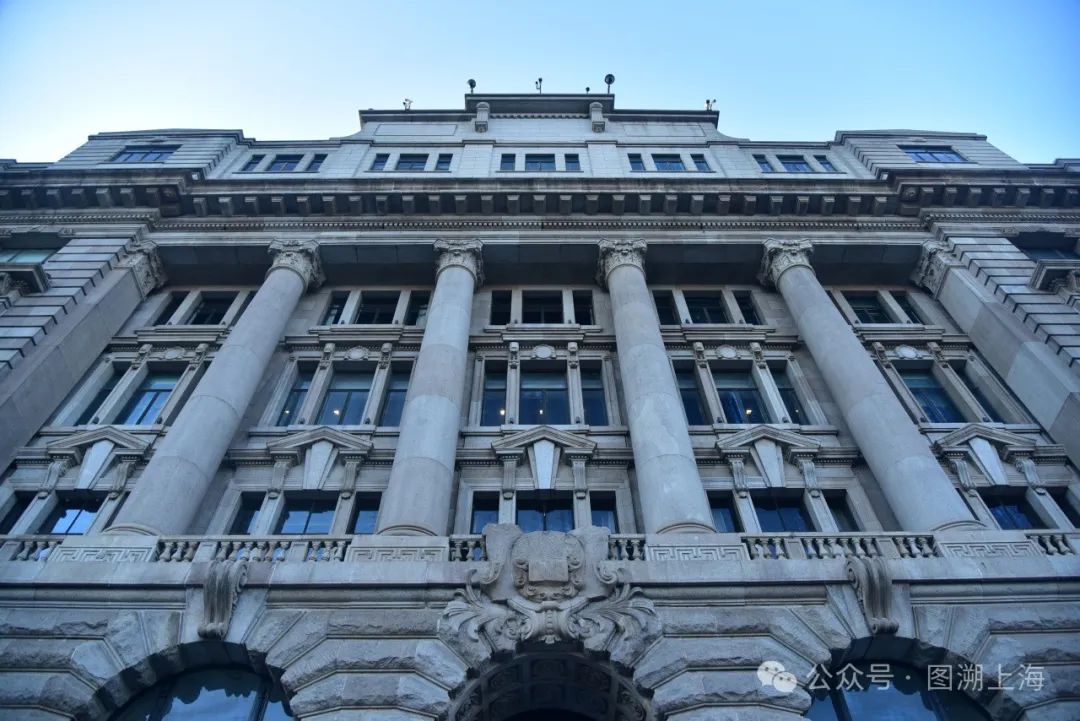
01
Historical evolution of foreign trade building
In 1843
Jardine Matheson, founded in Guangzhou, came to Shanghai to open a branch.
In 1844
Jardine Matheson got the No.1 Land Certificate of British Concession (No.27 Bund) and built an English village-style two-story double-room office building.
In 1861
Jardine Matheson demolished the old house and rebuilt a new building, and built a 15-bay, three-storey brick-wood structure with four slopes facing the Bund, which was the largest building in Shanghai Bund complex at that time.
In 1920
Jardine Matheson was rebuilt again, designed by Si Jiusheng and constructed by Chinese businessman Yuchangtai Construction Factory.
In 1922
Jardine Matheson New Building is completed, which is a six-story reinforced concrete frame structure building with the appearance of imitating the English Renaissance architecture style, ranking second in the whole Bund complex.
1955
Jardine Matheson Building was nationalized, and Shanghai Foreign Trade Bureau was stationed. This building is called Foreign Trade Building.
1979
Shanghai Foreign Trade Corporation was established in the Foreign Trade Building.
1988
In order to meet the needs of the reform of foreign trade system, Shanghai Foreign Trade Corporation was spun off to form Shanghai Foreign Trade Company, which was one of the largest local foreign trade enterprises in China at that time.
In 2007
The property right of the foreign trade building belongs to Shanghai Jiushi (Group) Co., Ltd., and the building repair project was started.
In 2009
Roosevelt residence stationed in the building.
the year of 2018
Shanghai Jiushi Art Museum settled in the building.
02
Establishment of foreign trade center
After the Opium War, Shanghai was forced to open in the 23rd year of Daoguang (1843). Businessman George Smith reported to the British government that "compared with Guangzhou, the price of raw silk tea and other local products purchased by Europeans in Shanghai is at least 10% cheaper". British consul Alcock (R.) also estimated in the 27th year of Daoguang (1847): "Exporting raw silk directly from Shanghai saves at least 35-40% freight compared with re-export in Guangzhou". As a result, the British and American foreign firms originally stationed in Guangzhou quickly set up branches in Shanghai, and merchant ships from various countries arrived in Shanghai directly, and a large number of foreign businessmen poured in, and Shanghai began to have direct business contacts with Europe and the United States. With the geographical advantage of sitting at the intersection of the mouth of the Yangtze River and the center of China coast, Shanghai’s foreign trade has sprung up suddenly, and its status is improving day by day compared with other ports. For example, in the 24th year of Daoguang (1844), only 2% of the tea was exported from Shanghai and 98% from Guangzhou. Just six years later, in the thirty years of Daoguang (1850), the proportion of Shanghai rose to 44%, while that of Guangzhou dropped to 23%. In the 26th year of Daoguang (1856), the export of raw silk in Shanghai was 4.27 times that in Guangzhou. Of course, the sharp rise of Shanghai’s foreign trade is also due to the fact that as a treaty port, foreign businessmen enjoy many privileges. Such as: renting land to build a house, renting a house to set up a stack; Going deep into the mainland for trade and navigation; Participate in agreed tariffs and be sheltered by consular jurisdiction. The foreign taxation department also seized the actual control right of Jiang Customs. According to statistics, ten years after Shanghai opened its port, that is, three years after Xianfeng (1853),The value of imports and exports to Britain has reached 17.2 million US dollars, exceeding Guangzhou’s 10.5 million US dollars. As a result, the center of China’s foreign trade shifted from Guangzhou to Shanghai.
Panorama of the Bund in 1849
(Selected from 1855 Shanghai British Concession Plan)


In front of Yihe foreign firm building in the middle of 19th century.
In 1861, the second generation building of Yihe foreign firm was the largest building in the Bund complex in Shanghai at that time.
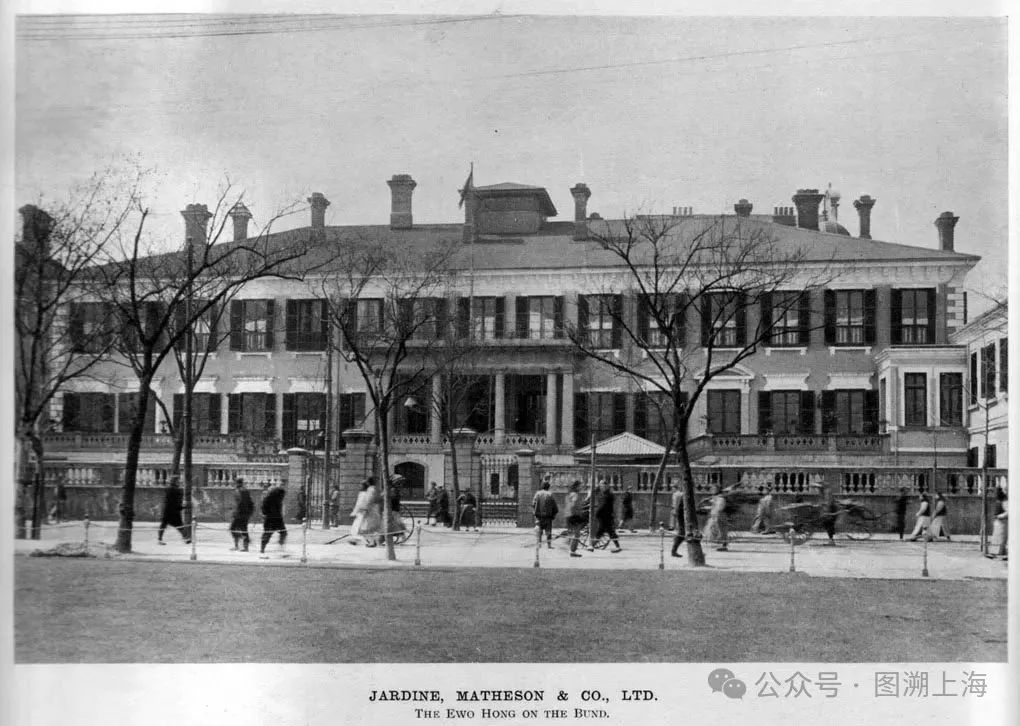
The foreign trade building No.27 on the Bund used to be the famous Jardine, Matheson & Co.. The founder, Dr.William Jardine, was a doctor of the East India Company on the cargo ship between Guangzhou and Britain, and was familiar with the situation in China before the Opium War. In July, 1832, he founded this foreign firm in partnership with businessman James William James Matheson in Guangzhou. In 1843, Jardine Matheson came to Shanghai to open a branch. The following year, Jardine Matheson got the No.1 land certificate of British Concession (No.27 Bund) and built an English village-style two-story double-room office building. In 1861, Jardine Matheson demolished the old house and rebuilt a new building, and built a 15-bay, three-storey brick-wood four-slope-top building facing the Bund, which was the largest building in the Bund complex in Shanghai at that time and had a magnificent porch with columns.
03
The charm of the new building of "the king of foreign firms"
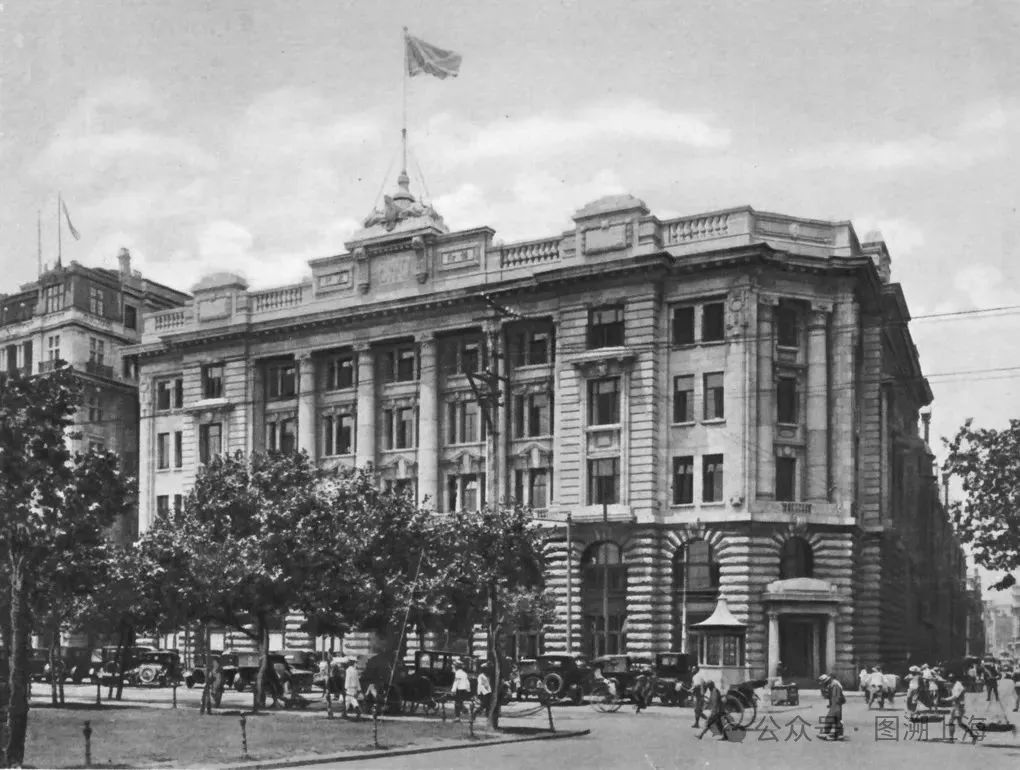
The third generation Yihe foreign firm building completed in 1922.
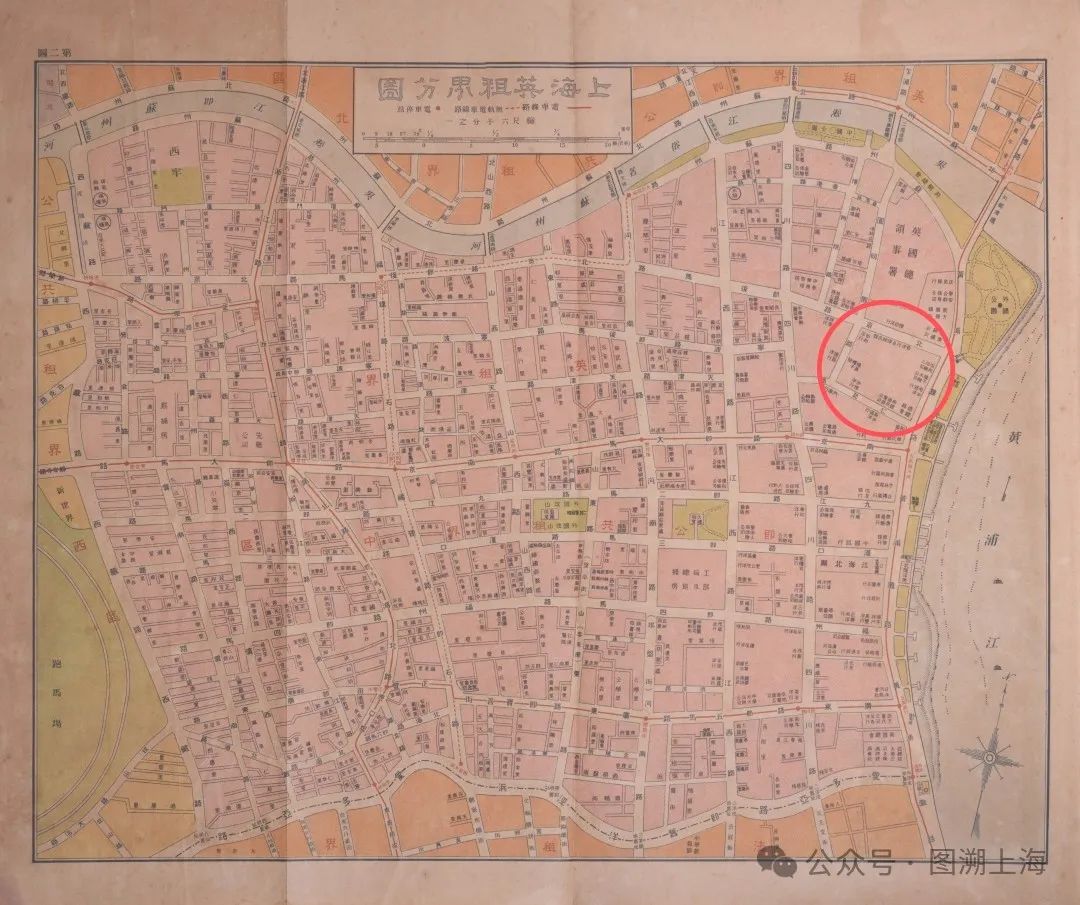
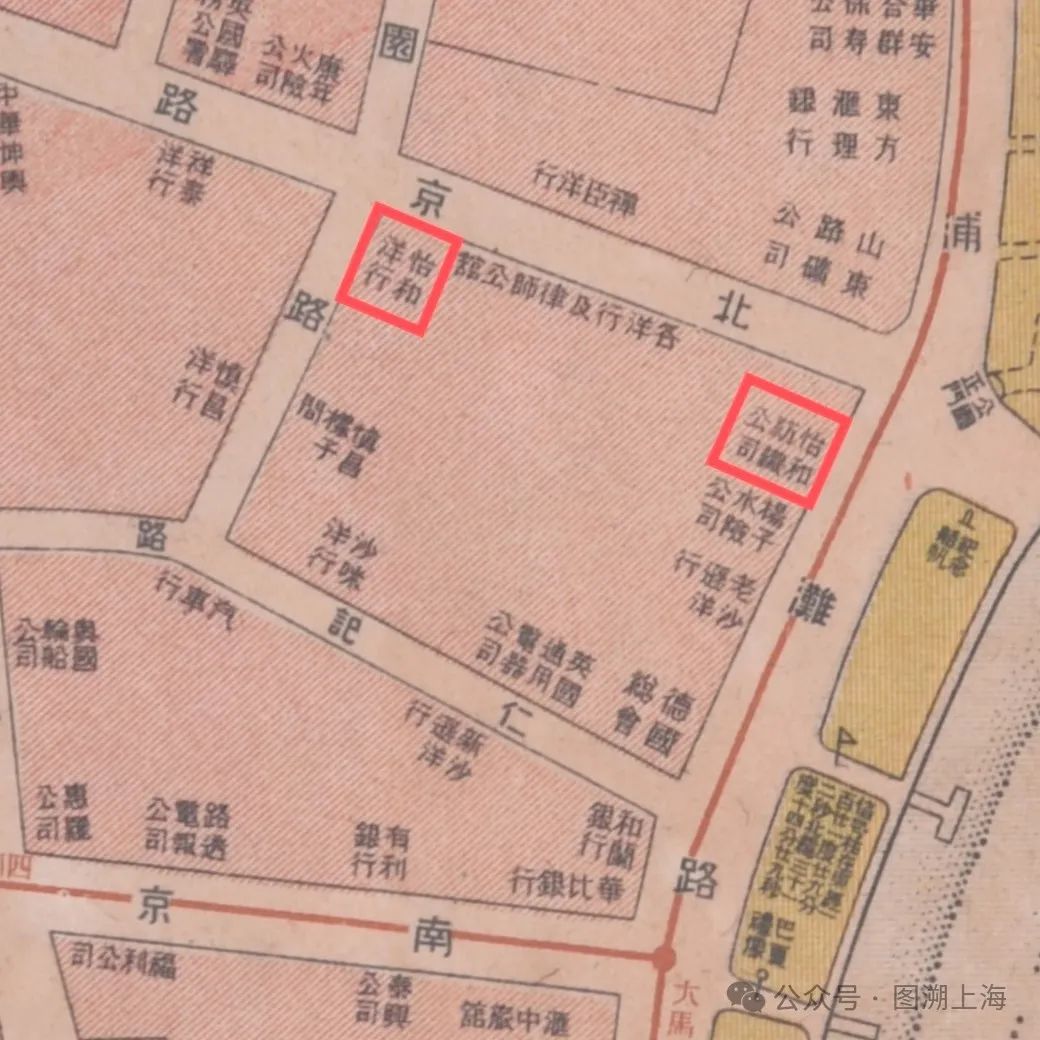
1917 Shanghai British Concession Sub-map
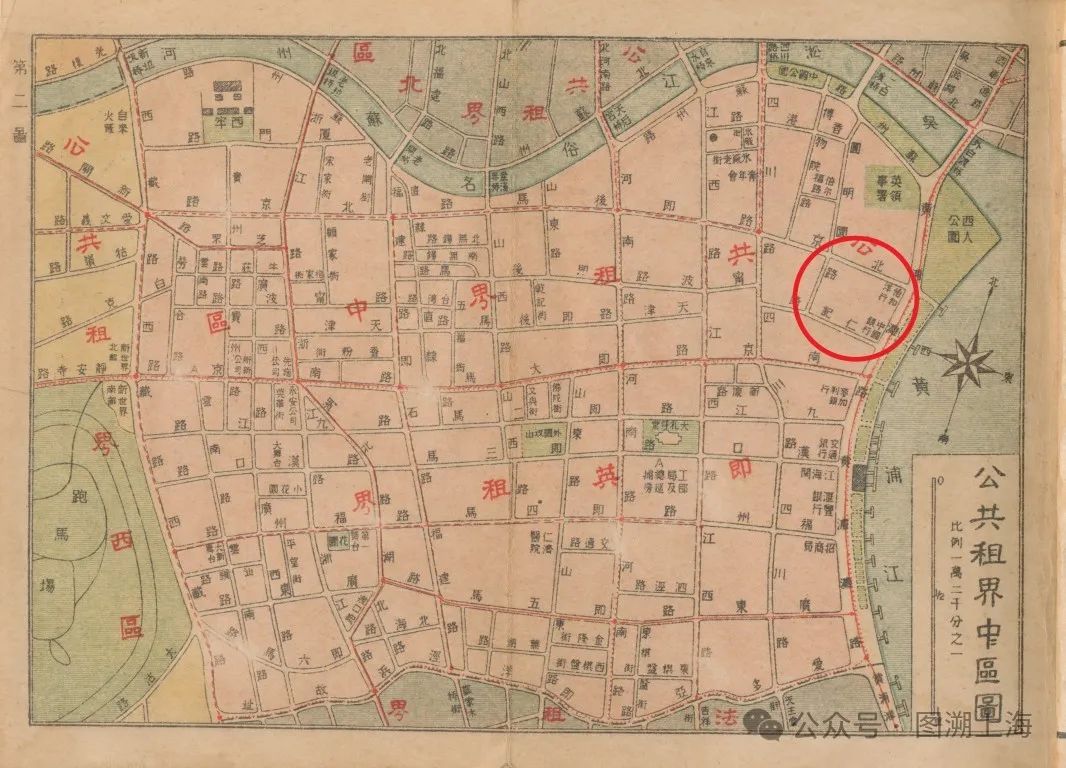
1926 public concession
Central district map
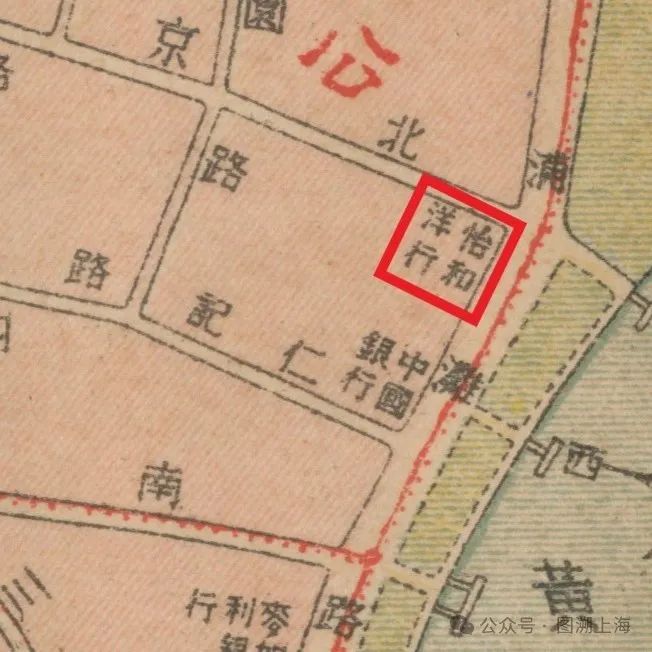
Turn the phone counterclockwise by 90 degrees to view it horizontally.
Panorama of the Bund in 1932
(Selected from The Latest Map of Shanghai in 1932)

After entering the 20th century, a new round of renovation and expansion of old buildings on the Bund has started, and Jardine Matheson is no exception. In 1920, Yihe foreign firm was rebuilt again, designed by Si Jiusheng foreign firm and constructed by Chinese businessman Yuchangtai Construction Factory. Two years later, a new six-story building with an area of 2,100 square meters and a building area of 14,300 square meters was completed. The new building is dignified and elegant in appearance, complete in layout, exquisite in materials and beautifully decorated, and its building surface facing the Huangpu River is more than 50 meters wide, ranking second in the whole Bund complex. The appearance of the building imitates the architectural style of the British Renaissance, with a reinforced concrete frame structure. The exterior wall of the whole building is built of granite, and the first and second floors are roughly chiseled with granite. The entrance of the gate is made of stone steps, and the copper-clad gate has a pair of wall lamps on both sides. In the middle of the third to fifth floors, there are four marble Corinthian columns, the bottom of which is square, with balconies and stone railings between the columns. There are all kinds of pumps, generators and water boilers in the building, which shows Jardine’s identity and financial resources and is worthy of the nickname of "the king of foreign firms".
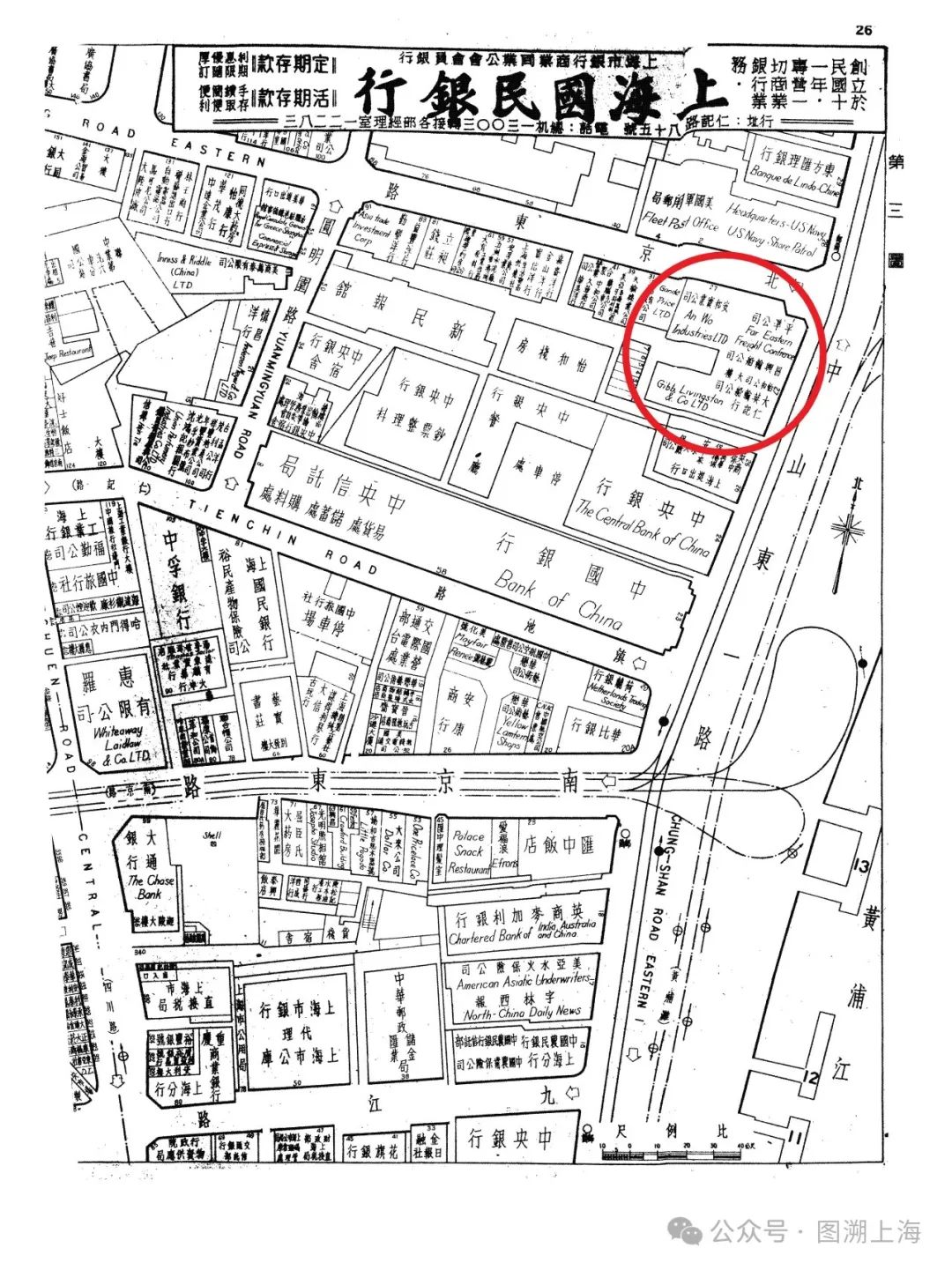
1947 Shanghaihao Road
Catalogue-Figure 3
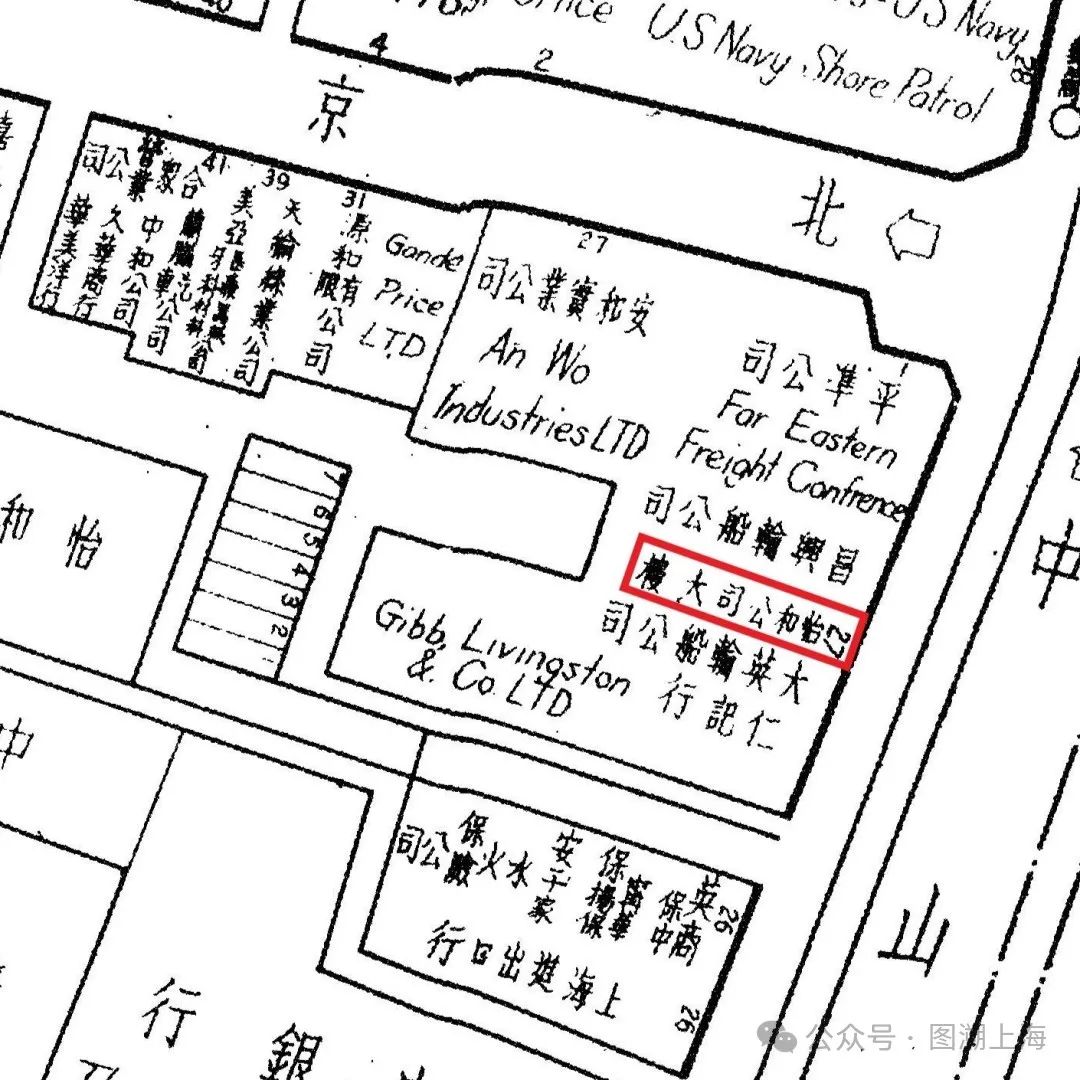
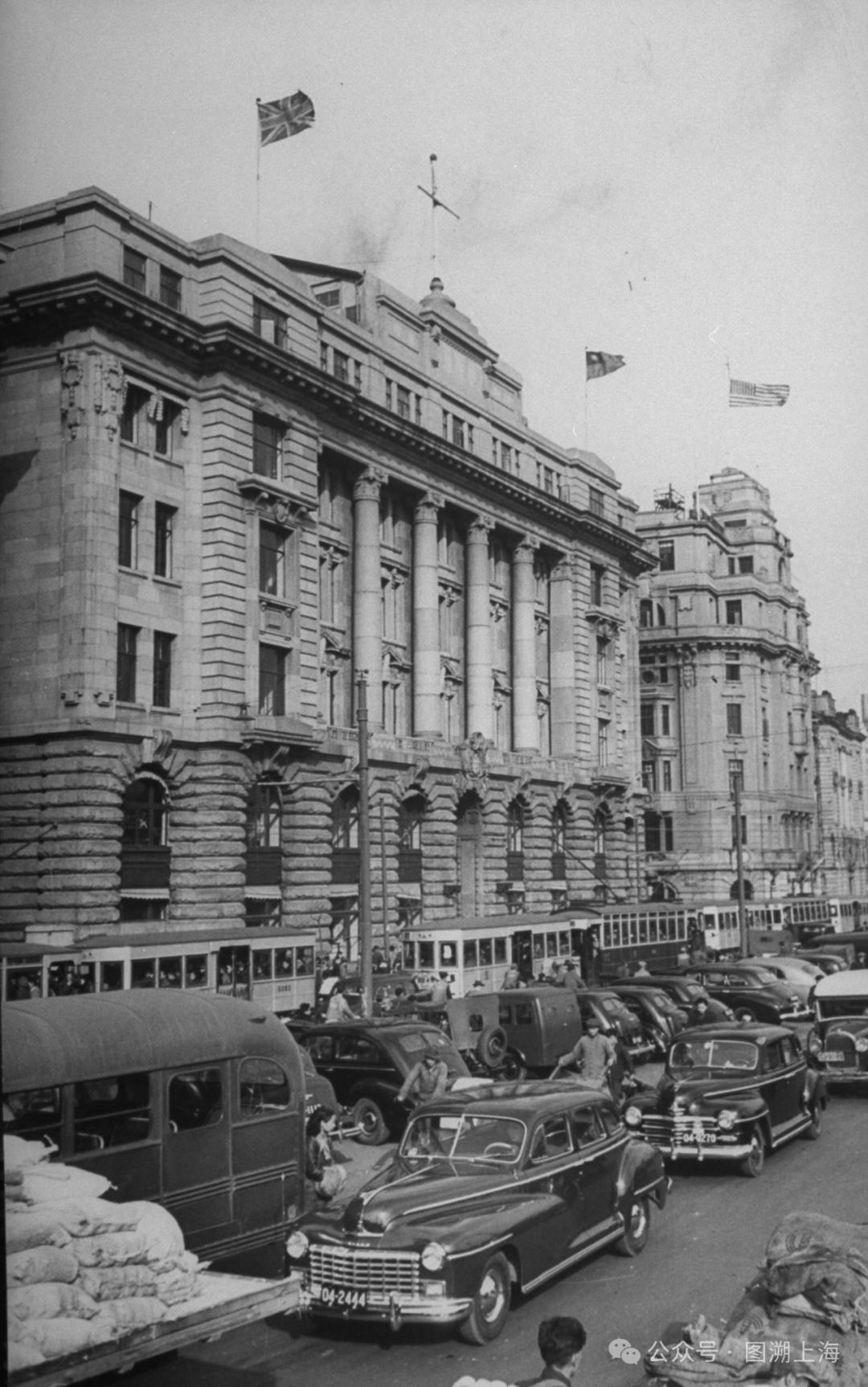
Heavy traffic in front of Jardine Matheson Building in 1948
When the Pacific War broke out in 1941, Jardine Matheson was taken over by Mitsui Corporation of Japan. Business resumed in 1946, but the business was not as prosperous as before, so the building was rented out to other organizations, such as Changxing Shipping Company, overseas airlines and Hong Kong Airlines. There are also institutions such as the First Class business counselor of the British Embassy, the Financial Counsellor and the Information Office, which also operate here.
04
Anchorage place for foreign trade economy to take off
After the liberation of Shanghai, Jardine Matheson’s business became increasingly cold. In 1955, the building was nationalized. Since then, the Shanghai Foreign Trade Bureau has been stationed, and this building is affectionately called the Foreign Trade Building. It can be said that Shanghai’s foreign trade economy took off from here.
In December 1979, Shanghai Foreign Trade Corporation was established. In January 1988, in order to meet the needs of foreign trade system reform, with the approval of the former Ministry of Foreign Trade and Economic Cooperation of the People’s Republic of China, Shanghai Foreign Trade Corporation was split and established as Shanghai Foreign Trade Company.
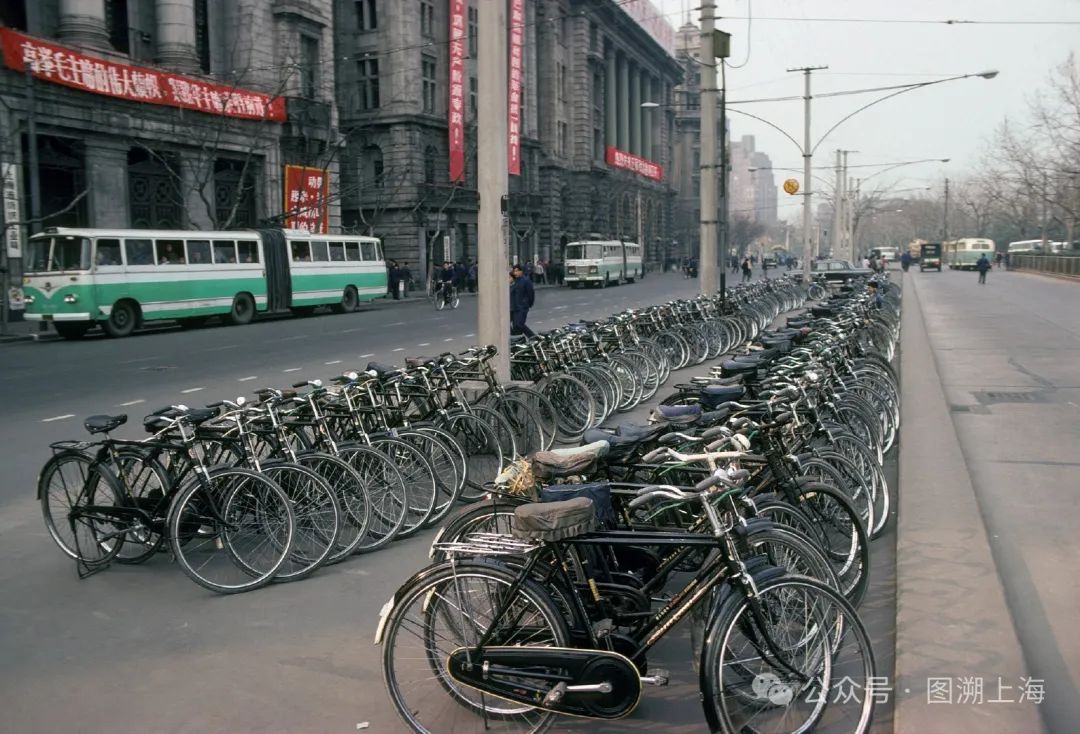
The area in front of the Bund Foreign Trade Building in 1976
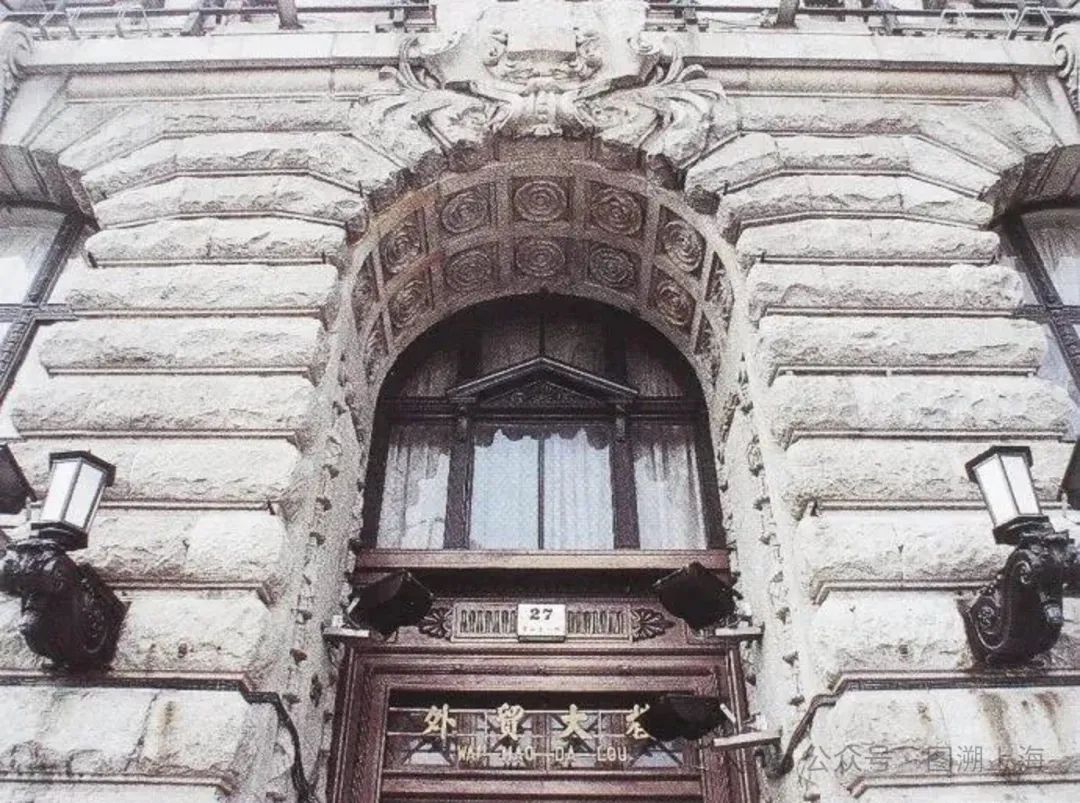
Foreign trade building period gate
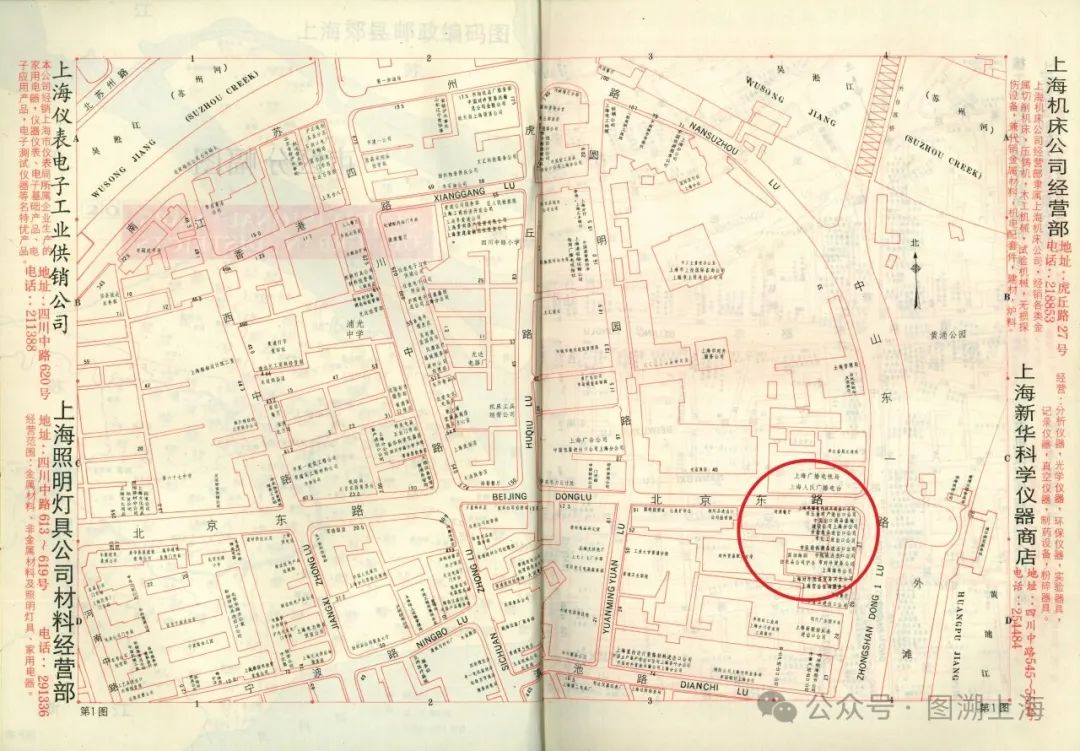
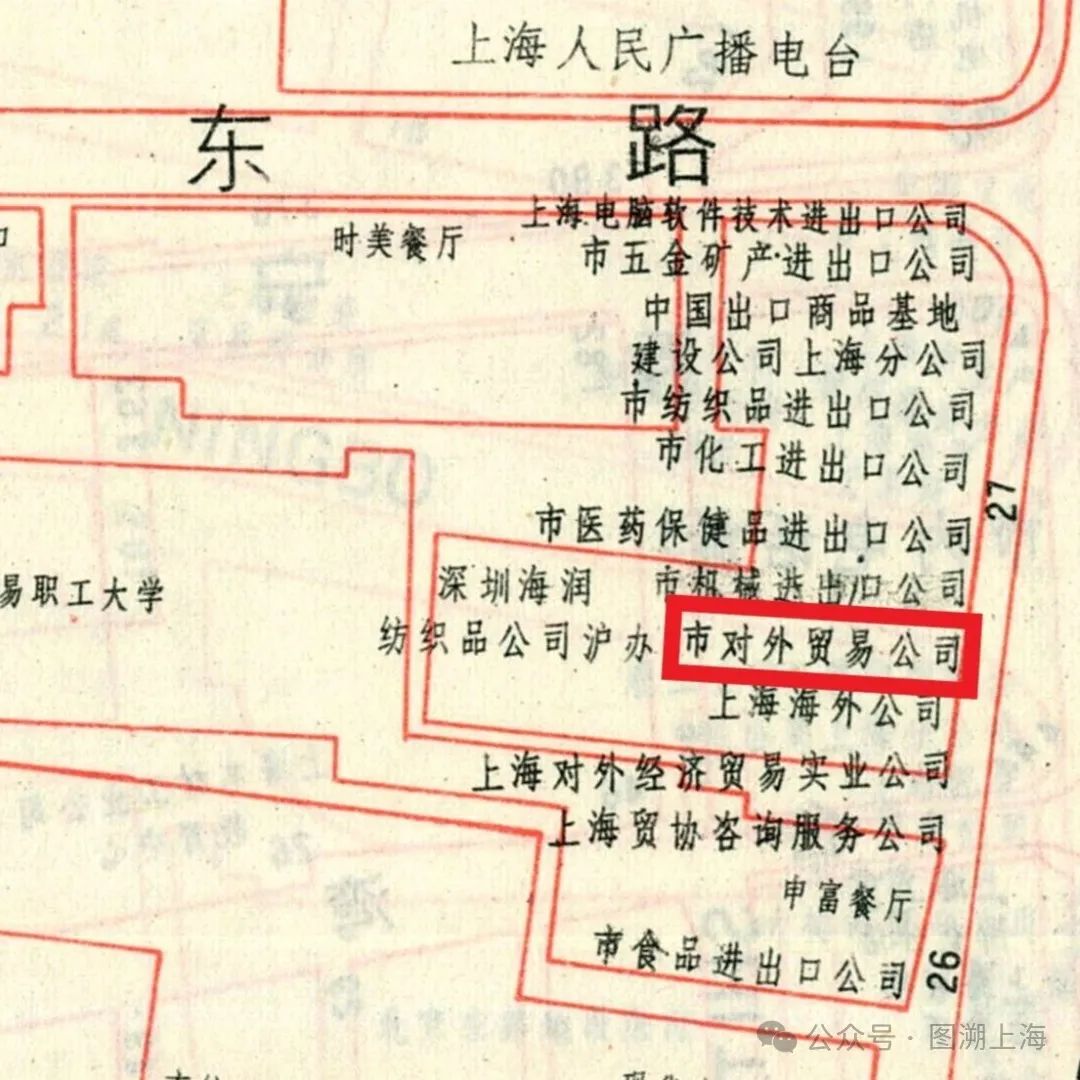
1989 Shanghai Commercial Atlas-Figure 1
In 1990, Shanghai became a key area of opening to the outside world, especially foreign economic and trade, which opened a rapid development model. The business of Shanghai Foreign Trade Company developed rapidly, and it was once one of the local foreign trade enterprises with the largest import and export volume in China.
From 2007 to 2014, Building No.27 on the Bund was completely protected and renovated, and became a comprehensive building integrating office, business and catering functions. The property right of the building belongs to Shanghai Jiushi (Group) Co., Ltd. At the end of 2009, the senior mansion under the Roosevelt family of the United States entered here, and the luxurious temperament filled the whole old house. In 2018, Shanghai Jiushi Art Museum settled here, and art took root in this century-old building.
Turn the phone counterclockwise by 90 degrees to view it horizontally.
Panorama of 2021 Bund

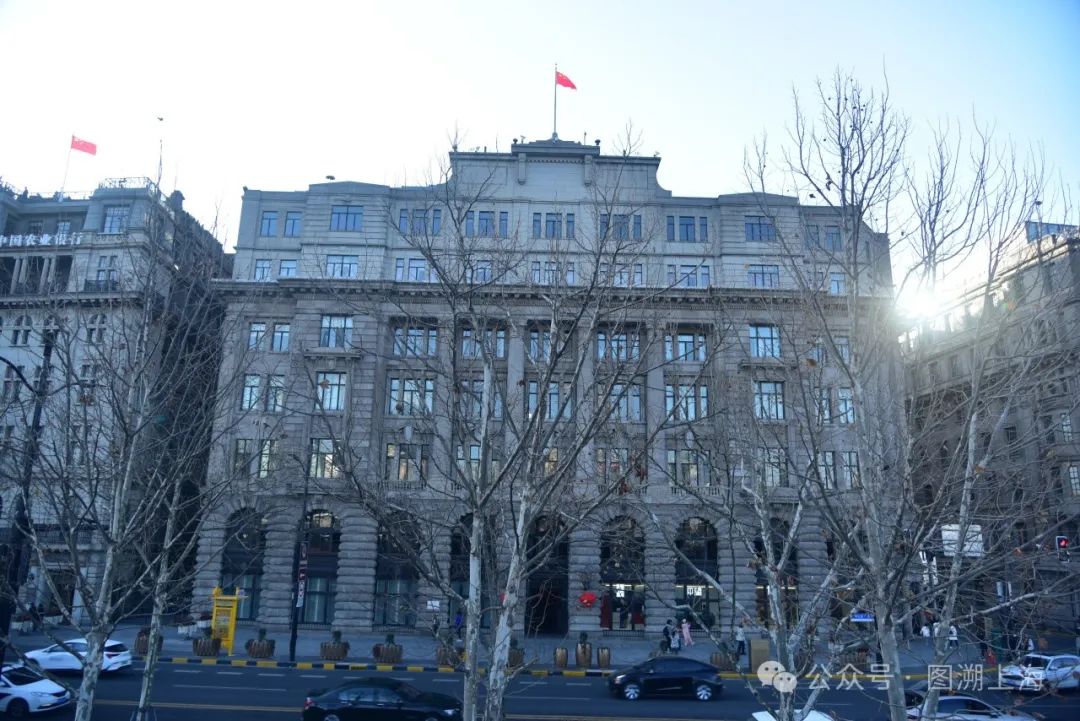
Panorama of the building
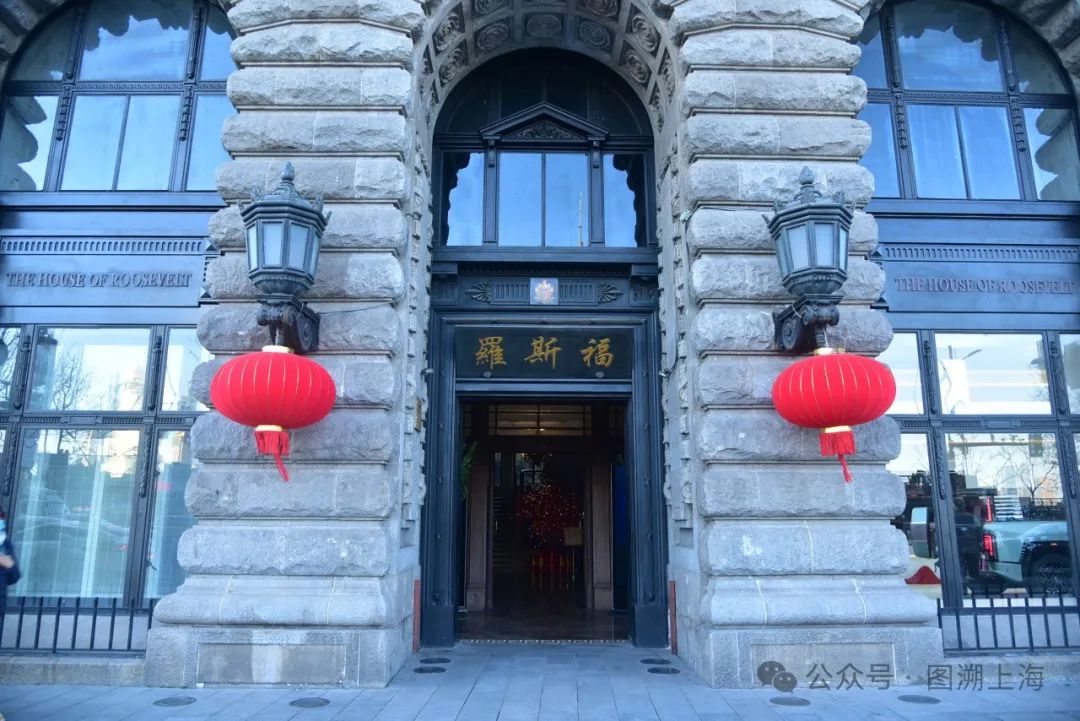
Main entrance of building

Building interior

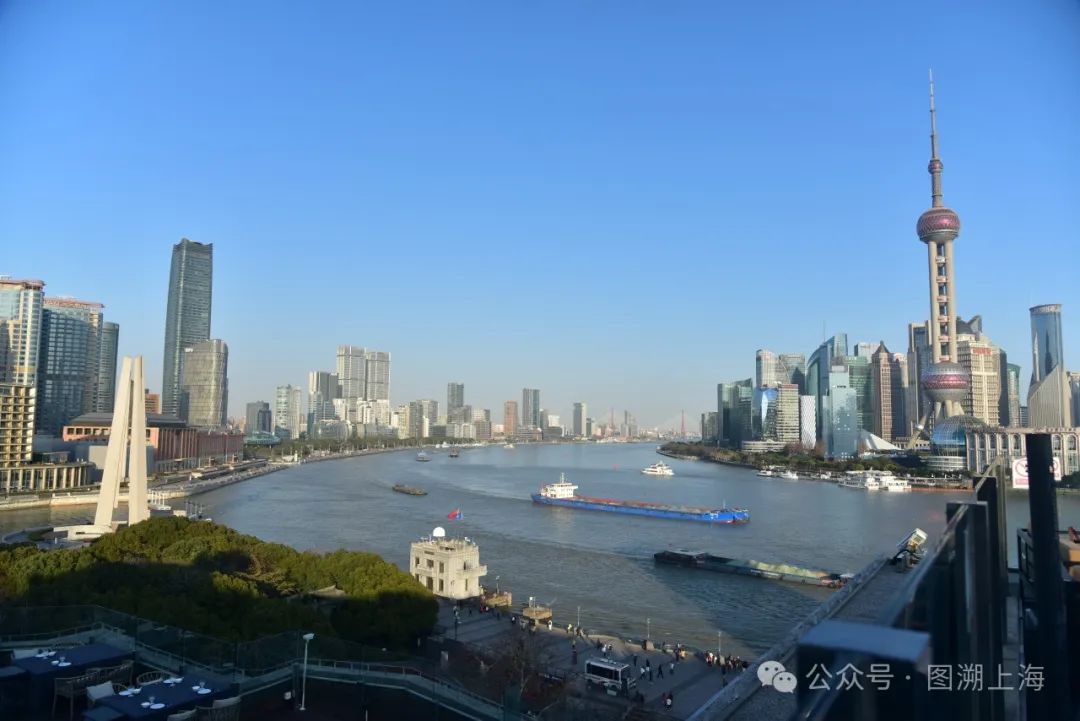
Overlooking the roof
05
Cross-border Integration of Surveying and Mapping and Cultural Protection
Finally, there is an episode. In 1983, in order to alleviate the shortage of office space, the housing management department added two floors to the top of the foreign trade building, which lost the original style of the top of the building. At that time, the building was not included in the cultural relics protection unit, which was a pity.
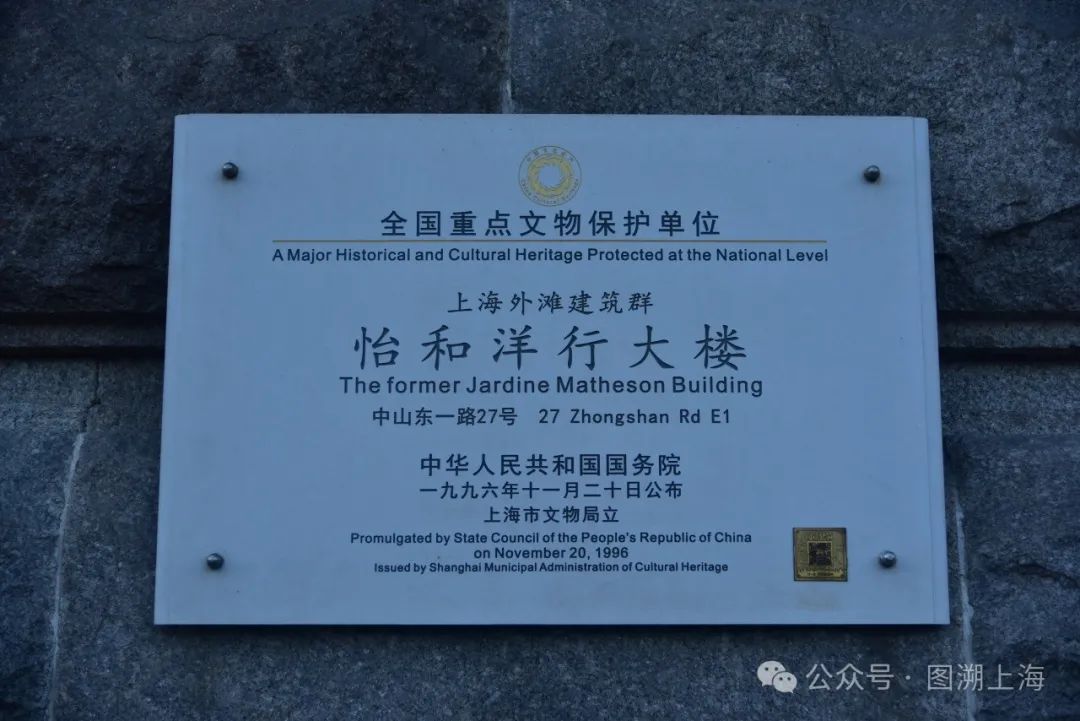
Wenbao nameplate
Excellent historical buildings and cultural relics protection units, bearing people’s memories and inheriting the urban context, are an important part of urban cultural soft power. At present, in addition to the original building archives drawings and other materials, through advanced mapping technologies such as 3D laser scanning and UAV remote sensing, a "digital real 3D file" with vivid visual expression can be established, which can provide a powerful working basis and intelligent tools for the restoration and cultural communication of historical buildings and cultural relics protection units, and realize the cross-border integration of surveying and mapping and cultural preservation through the fine, structured and objectified data construction of geographical entities and continuous spaces.
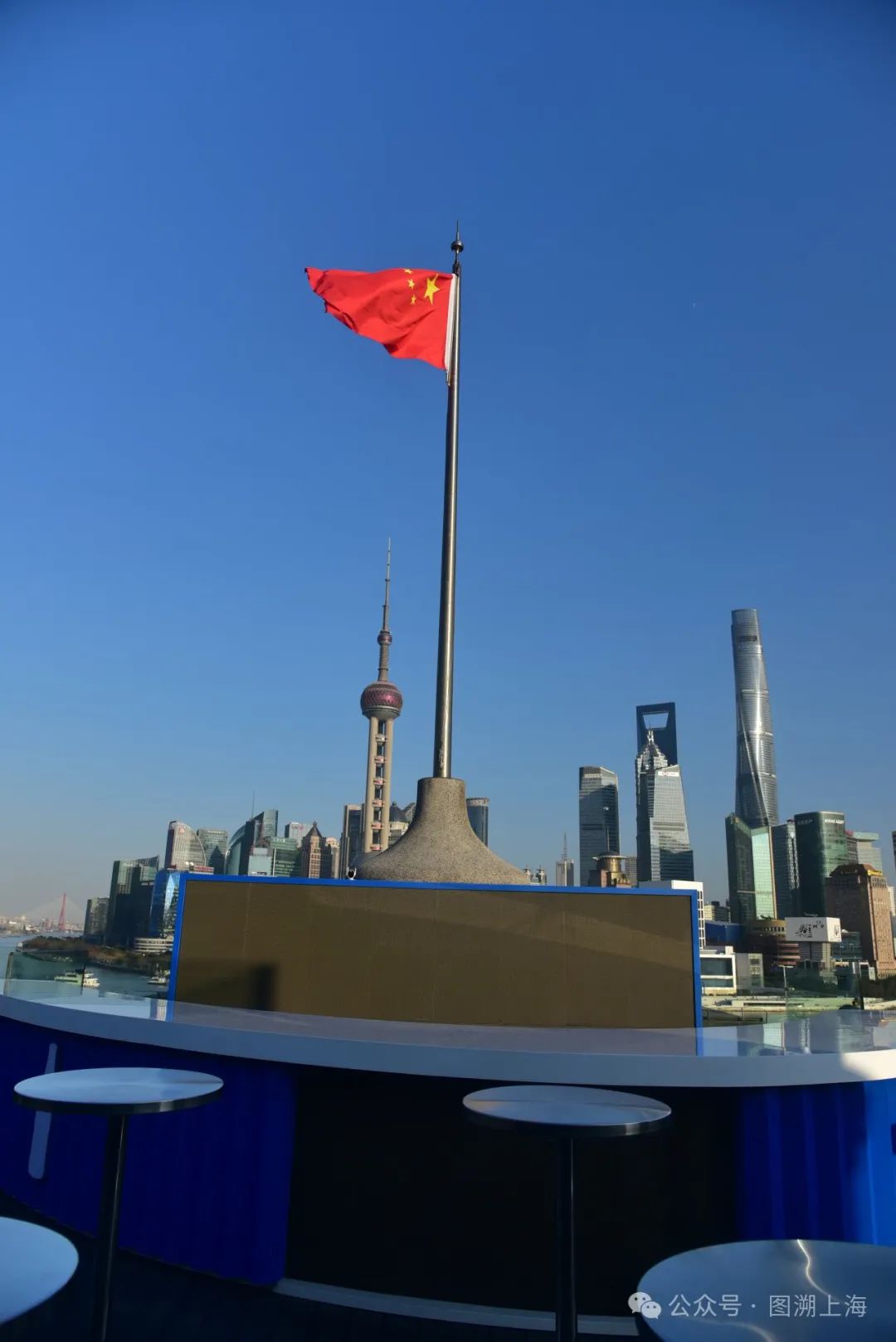
The roof overlooks Lujiazui.
References:
Shanghai Foreign Economic and Trade Journal
The story of an old house in Shanghai
Dictionary of Foreign Industrial and Commercial Enterprises in China
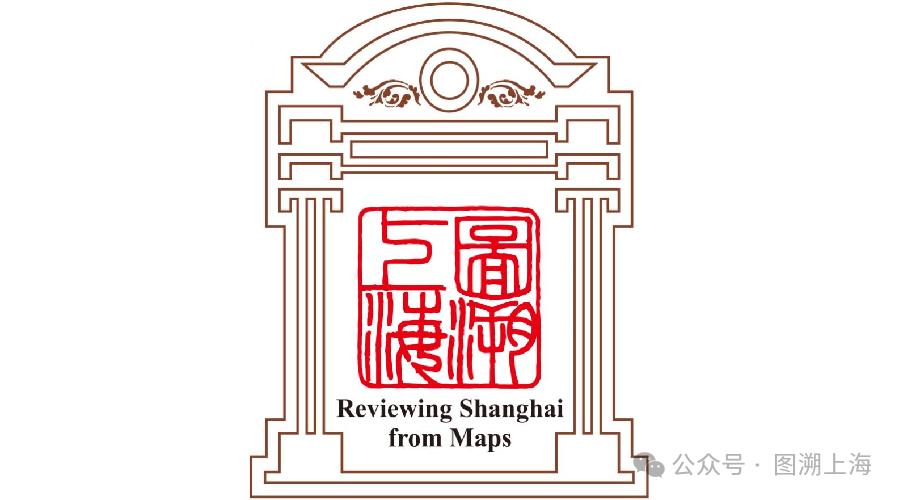
The Shanghai Story
Shanghai surveying and mapping academy
Map culture brand
"Map Back to Shanghai" Map R&D Team
Album planning Xin Jing
Executive Editor Qiao Yuxiao
Characters and Zhang Yuanyuan
Map Jing Ying He Peishi
Information Zhang Yuanyuan Ye Cao Xin Jing
Review the manuscript.
Original title: Flower Album No.3: Map Imprint of Foreign Trade Building
Read the original text